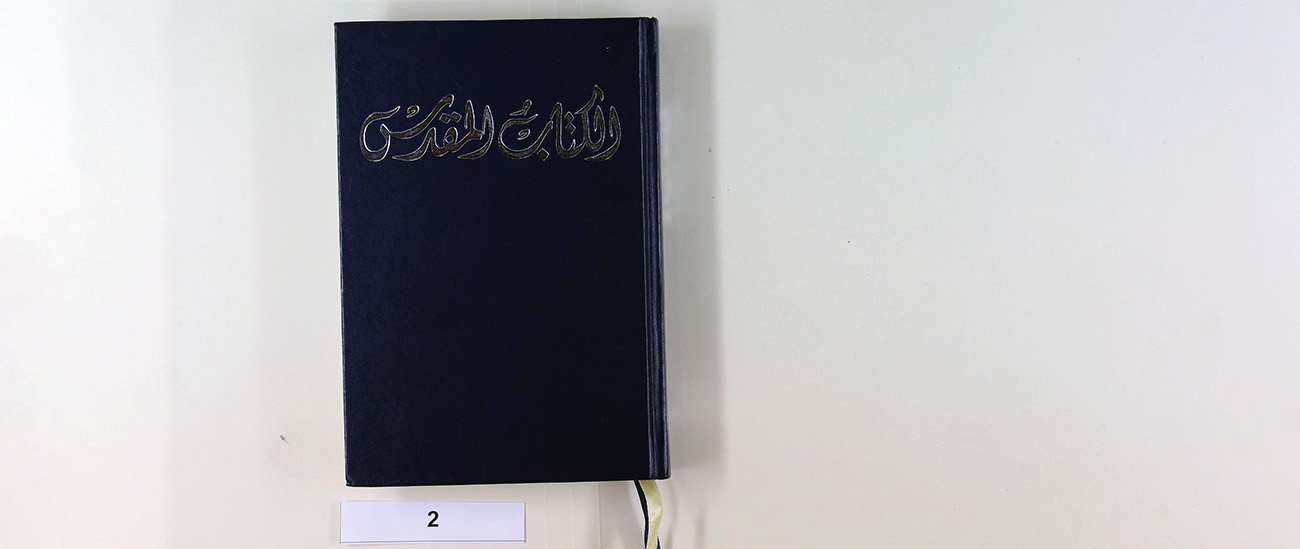The Hebrew Bible and the Christian Bible
The Hebrew Bible, originally written in Hebrew, is called Tanakh for the three sections that make it up: the Torah (the first five books, traditionally attributed to Moses), the Nevi’im (prophets) and the Ketuvim (writings). The Rabbis of Palestine determined the canon of scriptures in the late 1st century CE, after the second destruction of the Temple of Jerusalem.
The Christian Bible comprises the Old and New Testaments. For the Old Testament, the early Christians incorporated the Hebrew Bible into the Greek version or Septuagint, dating from 3rd century BCE, although subsequent Protestant Bibles follow the Hebrew canon and thus exclude the Greek books, referred to as deuterocanonical. The New Testament includes four of the many gospels written by the early Christian communities. The Christian canon was established over the course of the 3rd century CE, and by the 4th century CE it had already been closed in its current form.
In addition to in Greek, the Christian texts circulated in Syriac (a dialect of Aramaic), Coptic, Armenian and Ge’ez. In the late 3rd century CE, Saint Jerome completed his translation of the Christian Bible to Latin, and the first translations to Slavic languages date from the Middle Ages. As a result of the Protestant Reformation, translations in European vernacular languages began to proliferate.
The oldest surviving manuscripts of Arabic translations of the Bible date from the 8th and 9th centuries CE. With the expansion of Islam and the spread of the Arabic language throughout the Near East, an Arabic version of the Holy Scriptures was needed. First, it was translated from the Hebrew, Greek, Coptic and Syriac and, later, from the Latin.
Bible in Arabic
[LRs FM 2]
Arabic New Van Dyck Bible. First edition from 2002. Cairo: The Bible Society of Egipt, 2002. 780 pages with maps. ISBN 977-230-270-5
Dimensions: 12 x 17 x 3 cm.



